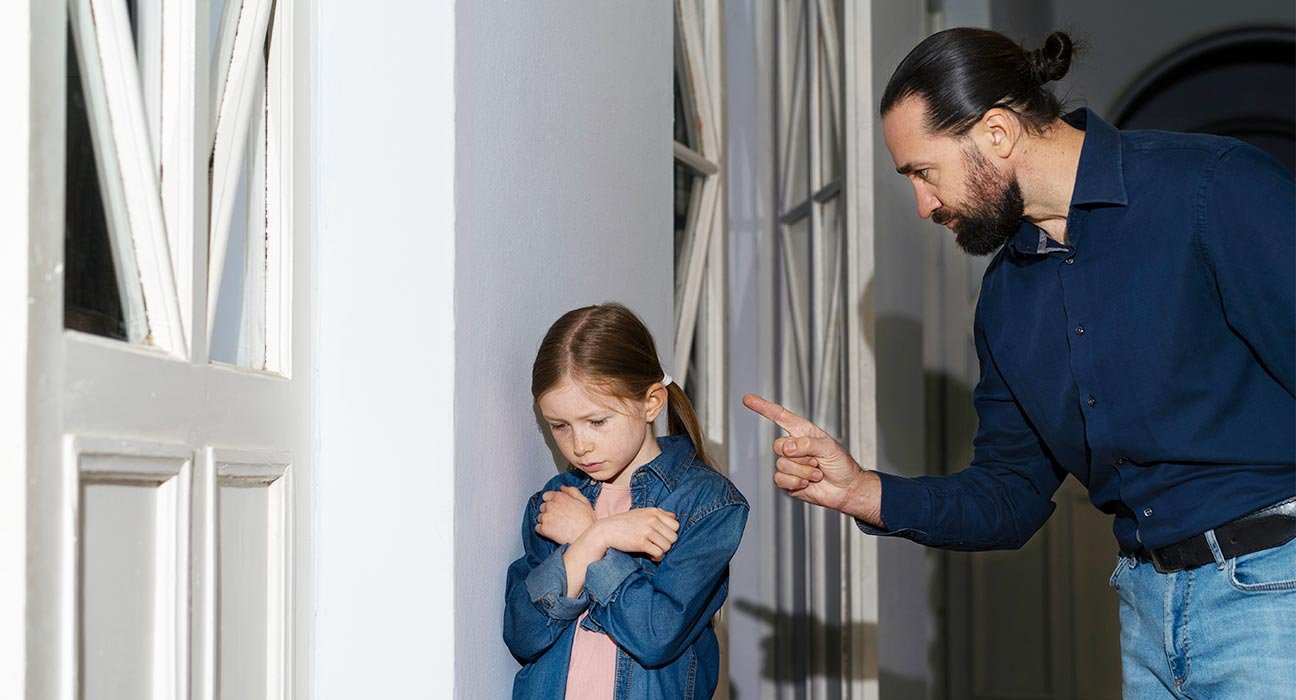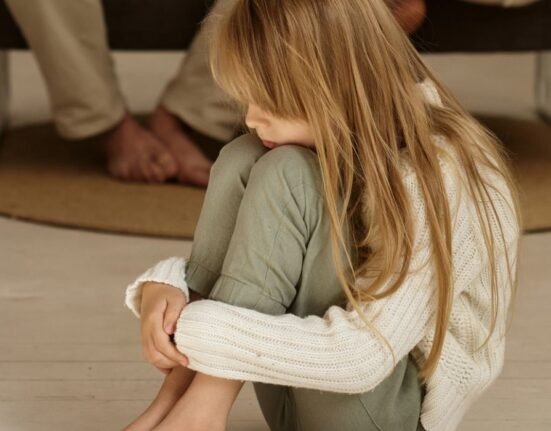Witnessing Domestic Violence in Childhood
Usually, the problems of children from domestic violence homes are easily ignored. The parents try their best to keep their children away from episodes of such, plus the signs are sometimes so subtle that the children seem to be doing well. However, according to Pfouts, Schopler, & Henley Jr., 1982, the impacts of witnessing such incidents have a damaging effect.
There can be several developmental impacts on children, on witness domestic violence. Depending on how severe was the trauma of that incident, the impacts might pass on to adulthood, beginning from as early as conception (Curran, 2013).
It is a difficult task to define how witnessing domestic violence is damaging. However, according to Jouriles et al. (2001), exposure to domestic violence can happen in different ways, such as:
- Watching an incident of domestic violence,
- Not seeing the violence directly firsthand hand. But Rather, they hear the fighting from a distance and are aware that their mother is being beaten.
- Not seeing or hearing the violence straight, but seeing the signs and result of the violence such as broken things at home, injury and bruises on the mother’s face or any other body part.
- Getting aware of the violence through another medium, such as through their sibling or mother herself – not necessarily witnessing or hearing any signs of it happening, or
- Living in a home with incidents of domestic violence is enough, even if not yet aware of it.
What are attachment styles?
Attachment styles are the various ways in which we interact and behave in our relationships. In childhood, these attachment styles are all about the interaction between the caregiver and the child. In adulthood, the patterns of attachment we have in our romantic relationships reflect our attachment styles.
What is attachment theory?
The attachment theory was introduced by John Bowlby in the 1970s and was based on the observations of the close attachment the infant enjoys with their caregivers. To have normal child development, a secure attachment style is necessary as it gives the child a sense of safety (John & Tonia, 2007). Thus attachment comes in an infant when they identify people close to them in times of stress. Attachment thus becomes the means to survival and sprouts up from proximity.
Relationships between domestic violence and attachment theory
According to David et al (2007), witnessing domestic violence between caregivers breaks the trust of the child, that there won’t be any pain or harm caused by them and will provide them safety from any threat. Usually, a domestic violence incident involves one parent harming the other. This results in the instilling of fear within the child plus the formation of negative perceptions regarding the victim or the abuser. This type of negative perception towards the caregiver results in a disorganized attachment of the child to the caregiver (Jude & Phillip, 2002).
Impact of domestic violence on future relationships and mental health
According to the attachment theory correlation has been proven that children with domestic violence exposure themselves end up abusing their families or their partners in relationships (Nixon et al., 2013). There are also major pieces of evidence of teen dating violence among people with family violence exposure (Temple, Shorey, Tortolero, & Wolfe, 2013). The Social learning theory explains that males “learn” to become abusers whereas females “learn” to be the victims (Payne & Gainey, 2009).
Healing from insecure attachment styles
Undergoing psychotherapy helps the person:
- To identify their past childhood traumas,
- 2. Identify the responsible core thoughts, beliefs and behaviours.
- Helps to have a more positive view towards self as well as the world around.
- Helps to form healthy and secure attachments
The idea is to create a secure adult attachment style reconciling childhood experiences, and breaking old patterns.
Read more related articles













Leave feedback about this